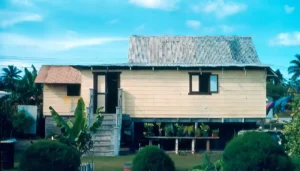
Wood and Tin Houses
A precursor to the concrete typhoon proof pillbox style of buildings common to contemporary Guam were wood and tin homes. These simple homes were the

A precursor to the concrete typhoon proof pillbox style of buildings common to contemporary Guam were wood and tin homes. These simple homes were the
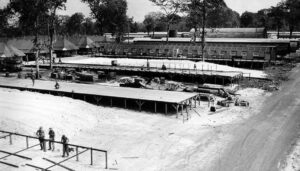
A Quonset hut is a lightweight prefabricated structure of corrugated steel having a semicircular cross section. Following the retaking of Guam by the United States
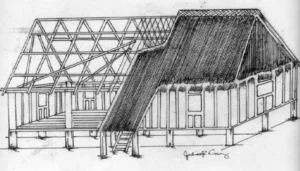
Throughout Guam’s history the most common type home was a rectangular pole and thatch structure with a raised floor. Today this type of structure has
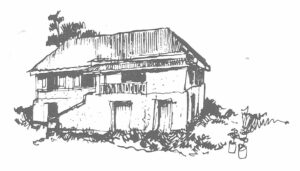
The Spanish introduced cal y canto or lime mortar and stone construction to Guam. This includes the rare de silleria or dressed cut stone, and

Latte structures are stone archaeological remains unique to the Mariana Islands. A stone pillar supports a hemispherical capstone to form a latte.
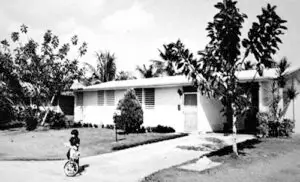
The arrival of Supertyphoon Karen in 1962 launched a new chapter in the architectural evolution on Guam. With ninety percent of the buildings on the
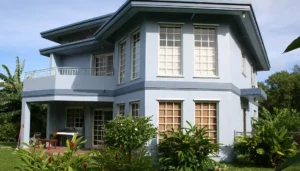
Cement blocks or as they are known in the construction industry, hollow block concrete masonry units (CMU), have been the most common form of housing

During Spanish colonial rule on Guam, the Spanish authorities constructed the best churches and the best bridges of large rectangular hand-cut stones, or de silleria.
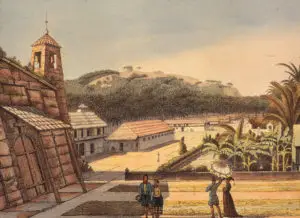
From pole and thatched homes to those made of concrete and reinforced steel, Guam has seen an evolution in building styles since the arrival of